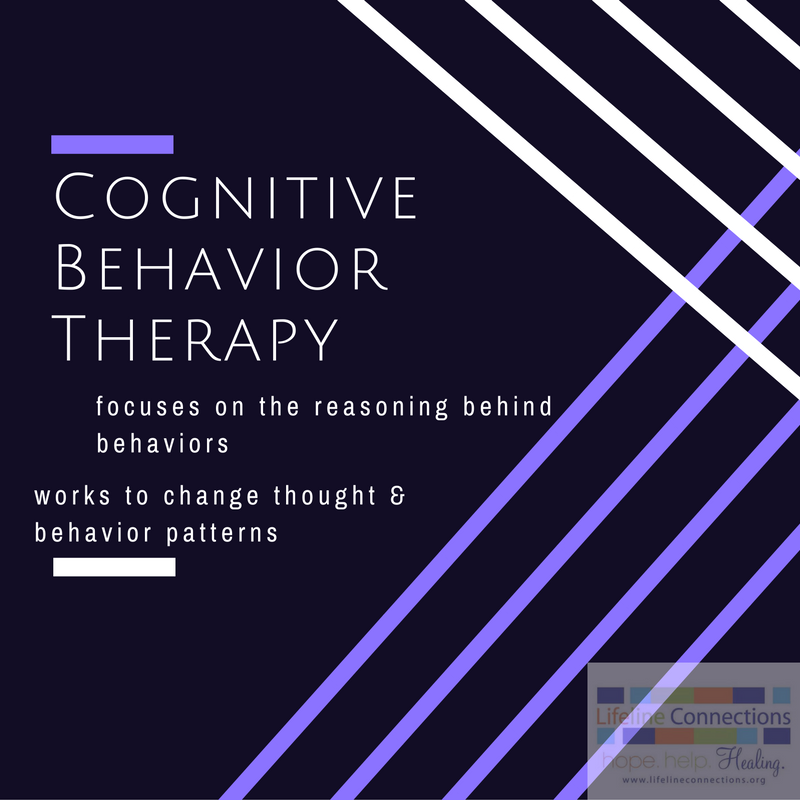
Cognitive Behavioral Therapy
Cognitive Behavioral Therapy (CBT) is another one of those therapies that sounds like “psychobabble” but is actually a fairly straightforward way to overcome difficult situations or prevent relapse. In fact, according to the National Association of Cognitive Behavioral Therapists, CBT is essentially a blanket term that identifies several different types of therapy that are used to teach clients how to let go of certain behaviors and adopt new ones. With CBT, there is an end goal in mind and the treatment is relatively short and highly structured. The objective is to teach the client how to approach difficult situations with the right coping skills or to avoid those situations if possible. While researching this type of therapy, I thought psychcentral.com explained it exceptionally well:
“CBT works by changing people’s attitudes and their behavior by focusing on the thoughts, images, beliefs and attitudes that are held (a person’s cognitive processes) and how these processes relate to the way a person behaves, as a way of dealing with emotional problems.”
This 5-10 month therapy is essentially a mix of psychotherapy and typical behavioral therapy. The purpose of the psychotherapy is to identify in the client their reasons behind certain behaviors. There is a lot of discussion about childhood, and personal beliefs or expectations. The behavior therapy helps the client to recognize that how these beliefs affect the decisions she or he makes. The therapist will help the client to see that the situations don’t necessarily hurt them, just their belief about the situations.
According to verywell.com, this type of therapy can often be uncomfortable for some who don’t find introspection to be a natural practice for them. A client’s ability to identify why they are doing something has to occur in a moment of self-reflection either in the room with their therapist or eventually on their own. Without it, though, the cycle of negativity continues.
Nacbt.org identifies that CBT is often based on the idea of stoicism. What this means is that the person who comes in to receive therapy doesn’t want to feel unhappy, or anxious, or any negative feeling about a situation so they should learn how to change their feeling about it.
“The approaches that emphasize stoicism teach the benefits of feeling, at worst, calm when confronted with undesirable situations.”
Truthfully, undesirable situations are always going to happen. Facing that reality, and then moving on to practice feeling serene or at least accepting whatever happens is one of the best drug-free ways to handle life. Here at Lifeline Connections, we care about helping you live a drug-free life along with helping manage mental health conditions. We want you to have the confidence and skills to handle whatever happens in life. If you live in the Vancouver, WA or Portland, OR and surrounding areas, and you are in need of mental health and/or residential substance use treatment to break free from drugs or alcohol, please give us a call or email us with your questions. We offer a variety of treatment techniques to fit your needs.
Phone: 360-397-8246 ext. 7580
Email: [email protected]
